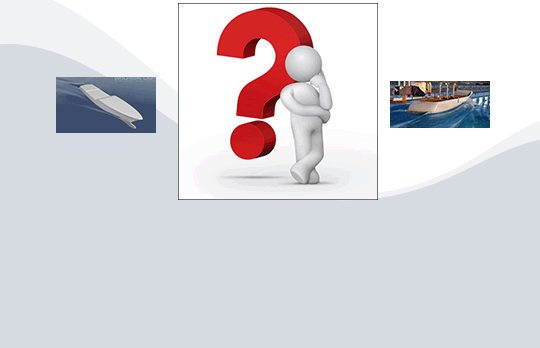Free Surface CFD Vs. Scale Model Testing
There are some common misconceptions regarding which tool is most appropriate to answer the questions encountered in the design process. The state of the art in CFD is rapidly changing so we are looking essentially at a snapshot in time but the guidelines below should be applicable for a while yet. The Wolfson Unit, in collaboration with other consultancies who offer CFD services, has recently undertaken a study for the Sailing Yacht Research Foundation to compare scale model test data with the ‘warts n all’ CFD results from those different partners. This is a unique opportunity for the industry to compare these two methods without prejudice. More on that in the coming months.
The Wolfson Unit are experts in both computational and physical modelling, and recognise that choice of which method to use depends strongly on the nature of the problem itself. Experimental methods are excellent at obtaining large sets of highly accurate data rapidly, whereas CFD provides a greater understanding of the flow behaviour behind the results and can be useful for comparing geometry variations without the need for constructing multiple models. The Wolfson Unit are in the rare position of being able to offer both experimental and CFD analysis, and where appropriate can combine the two to utilise their individual strengths to provide the maximum benefit to the design process.
For testing free surface yachts, ships and powered craft we guide our customers as follows:
CFD is good for:
1) Establishing the relative difference between a series of design variants in calm water.
2) Visualisation of pressure distributions and velocity profiles.
3) Appendage optimisation (keels, fin stabilisers, rudders for example).
4) Fine detail studies.
Scale Model Testing is good for:
1) Highly accurate determination of the absolute performance.
2) Ability to make rapid changes to design details such as interceptors, wedges and spray rails.
3) Accurate simulation of details such as spray control and deck wetting.
4) Dynamic testing – measurement of motions and accelerations.

